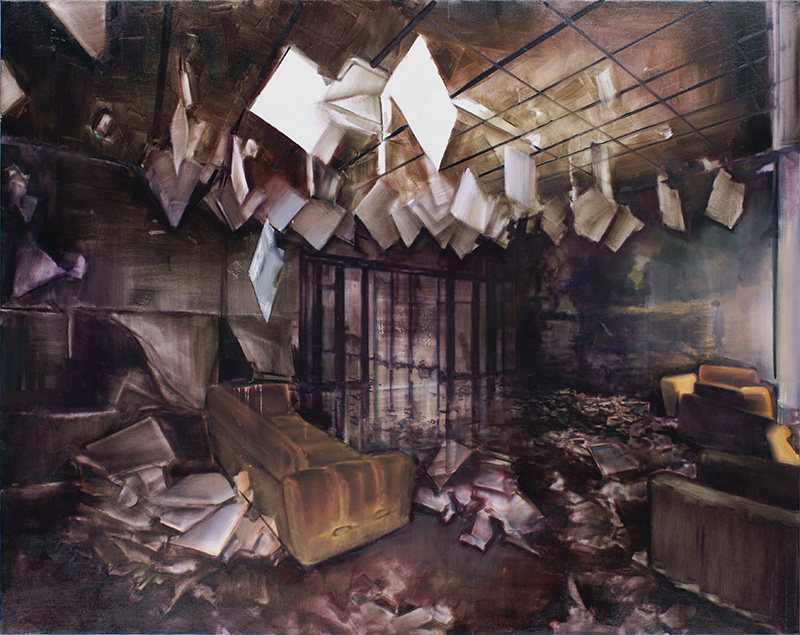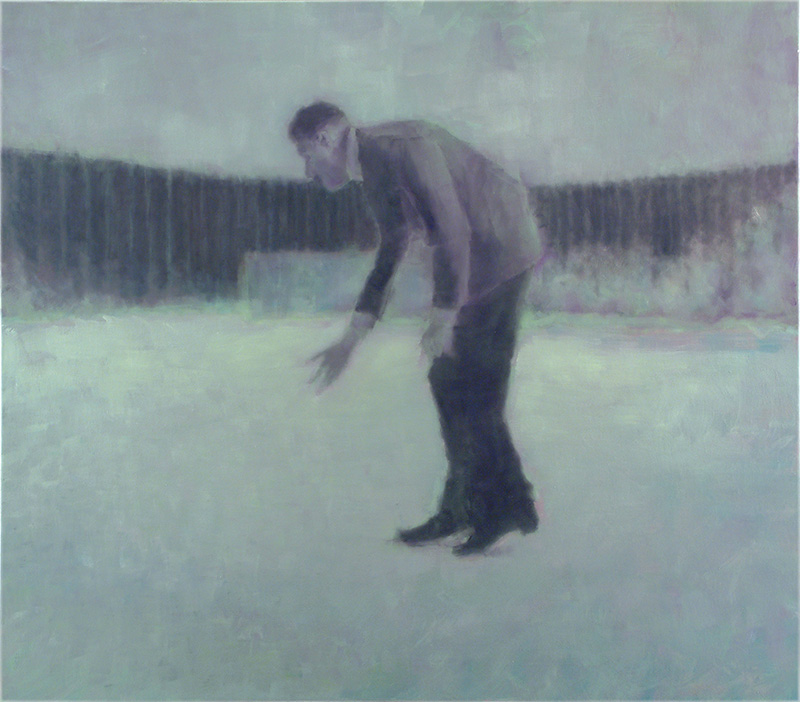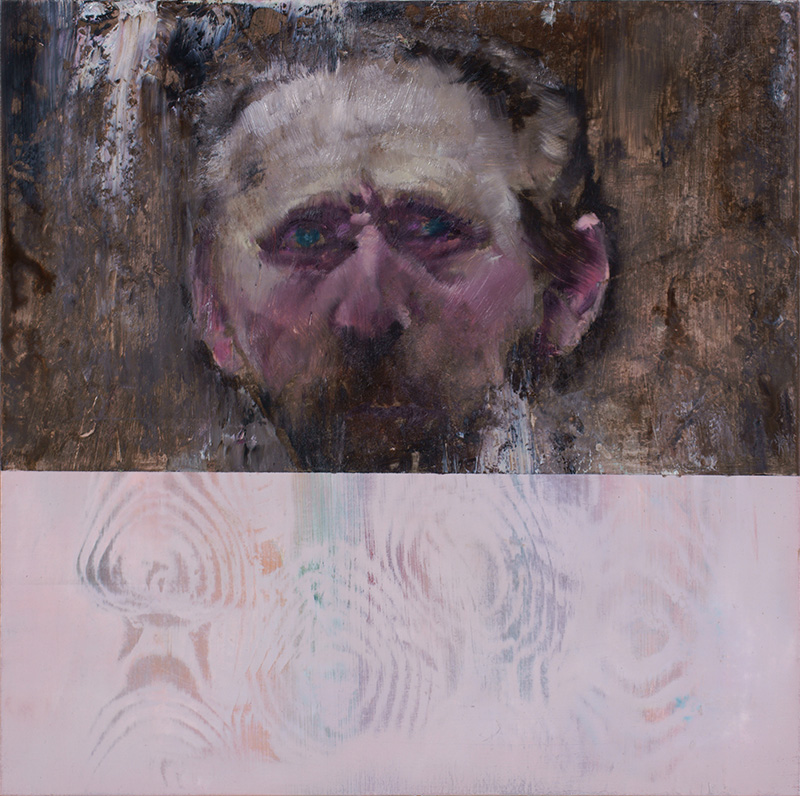ART CITIES:Budapest-Attila Szűcs
 Attila Szűcs is one of Hungary’s most important contemporary painters. He works with old newspaper clippings, postcards, photographs, and film stills, adding new meaning to these traces of the collective memory in his works. Besides issues concerning the culture of remembrance and memory research, the tendencies of East and Central European painting and the artist’s early experiences with totalitarianism have influenced his work.
Attila Szűcs is one of Hungary’s most important contemporary painters. He works with old newspaper clippings, postcards, photographs, and film stills, adding new meaning to these traces of the collective memory in his works. Besides issues concerning the culture of remembrance and memory research, the tendencies of East and Central European painting and the artist’s early experiences with totalitarianism have influenced his work.
By Dimitris Lempesis
Photo: Ludwig Museum Archive
With a focus on the recent past, the exhibition “Specters and Experiments-The Painting of Attila Szűcs” provides an overview of Attila Szűcs’s achievements as a painter. His latest pieces are at the center of the display comprising 100 works, their thematic and technical characteristics serving as a basis for the presentation of the complete œuvre. Szűcs’s body of work evokes the philosophical questions of Conceptual Art pertaining to the role of art in society, and it comments on the visual culture of Abstract Expressionism and Geometric Abstraction dedicated to aesthetic autonomy. With each of his works, Szűcs attempts to give aesthetically and politically thought-provoking answers to diverse groups of intellectual and material problems, which guide the eye from cultural remembrance, personal memories, as well as the media-influenced visual documents thereof all the way to the material aspects of colors and lights. In a number of his works Szűcs features well-known historical figures like Nikola Tesla, Miklós Horthy, Buster Keaton, Adolf Hitler, and János Kádár, at the same time seeking to reinterpret these personalities with the tools of painting. The famous and lesser-known people in his pictures are usually hard to grasp and mysterious, that is, ghostly, even in the Freudian sense because most of them are captured in unbounded and desolate spaces, loitering in an unusual way. Manifested in experiments of form, his themes often bring to mind powerful historical allusions, which in turn can also invoke the specters of Marx and Derrida, and the phantom-like, volatile notions and figures of communism and capitalism, all of which continue to have a considerable influence on the cultural life of post-Socialist Hungary and the whole of Europe, as well as their relation to the past.
Info: Curator: Sándor Hornyik, Ludwig Museum – Museum of Contemporary Art, Komor Marcell u. 1., Budapest, Duration: 16/12/16-19/2/17, Days & Hours: Tue-Sun 10:00-20:00, http://ludwigmuseum.hu



